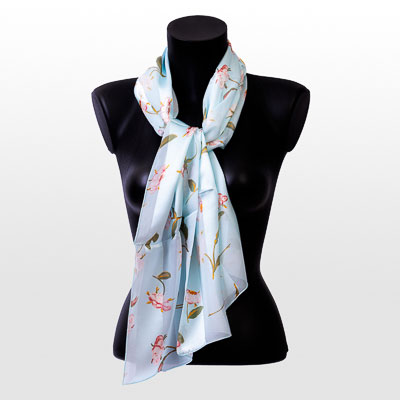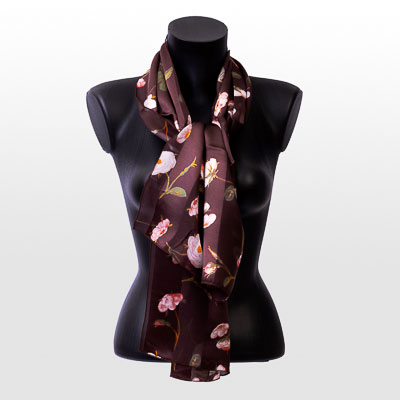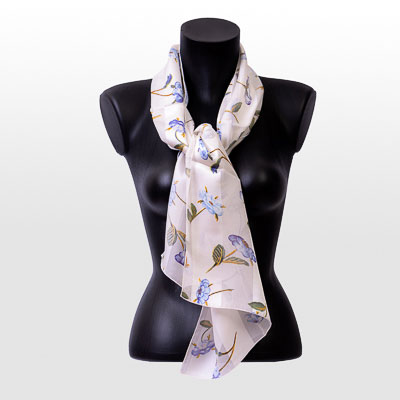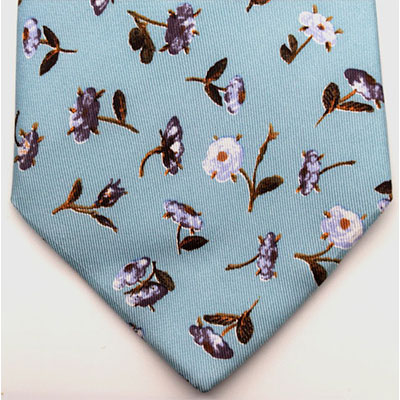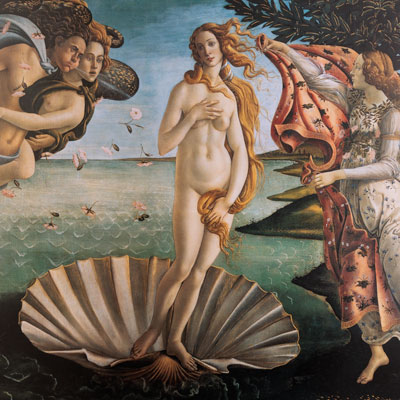Tel : (+33) 4 94 63 18 08
9am - 6pm from Monday to Sunday
Renaissance
The Renaissance in painting is an artistic movement that developed in Italy at the beginning of the 15th century and spread throughout Europe in the following centuries. It is characterized by a return to the values of classical antiquity and by the rediscovery of the art of perspective, anatomy and proportion. Among the most famous artists of the Renaissance, we can mention Leonardo da Vinci, Michelangelo and Raphael. Leonardo da Vinci, born in 1452, is known for his paintings such as The Last Supper and The Mona Lisa, as well as for his numerous sketches and drawings of machines and inventions. Michelangelo, born in 1475, is mostly known for his frescoes in the Sistine Chapel and for his sculpture of the Pietà. Raphael, born in 1483, is famous for his oil paintings such as La Madonna della Seggiola and The Transfiguration. The Renaissance was influenced by many factors, including the rediscovery of numerous texts from antiquity thanks to the travels of Marco Polo and the Crusades, as well as the invention of printing which allowed the dissemination of these texts. It was also influenced by new humanistic ideas that emphasized the importance of man and his place in the world. In painting, the Renaissance saw the emergence of new techniques such as the use of oil paint, which allowed artists to create more detailed and durable works. It also saw the use of perspective, which gave the impression of depth to the image, as well as the use of anatomy and proportion to represent the body in a more realistic way.
Discover the artist
Botticelli Sandro
Sandro Botticelli
Florentine painter of the Italian Renaissance who was one of the first visual artists to celebrate feminine beauty.
When he opened his studio in 1470, the first orders were those of the city of Florence and the Church... But very quickly Botticelli's painting, influenced by the Neoplatonists, followers of beauty, was modernized and highlighted contemplation and melancholy through majestic allegories.
He is one of the first painters to dare female nudes and he is undeniably one of the greatest artists of the Renaissance, with "Le Printemps" and "La Naissance de Venus" (both exhibited at the Uffizi in Florence), his two most famous works.
Botticelli Sandro
Sandro Botticelli
Florentine painter of the Italian Renaissance who was one of the first visual artists to celebrate feminine beauty.
When he opened his studio in 1470, the first orders were those of the city of Florence and the Church... But very quickly Botticelli's painting, influenced by the Neoplatonists, followers of beauty, was modernized and highlighted contemplation and melancholy through majestic allegories.
He is one of the first painters to dare female nudes and he is undeniably one of the greatest artists of the Renaissance, with "Le Printemps" and "La Naissance de Venus" (both exhibited at the Uffizi in Florence), his two most famous works.
Botticelli Sandro
Sandro Botticelli
Florentine painter of the Italian Renaissance who was one of the first visual artists to celebrate feminine beauty.
When he opened his studio in 1470, the first orders were those of the city of Florence and the Church... But very quickly Botticelli's painting, influenced by the Neoplatonists, followers of beauty, was modernized and highlighted contemplation and melancholy through majestic allegories.
He is one of the first painters to dare female nudes and he is undeniably one of the greatest artists of the Renaissance, with "Le Printemps" and "La Naissance de Venus" (both exhibited at the Uffizi in Florence), his two most famous works.
Botticelli Sandro
Sandro Botticelli
Florentine painter of the Italian Renaissance who was one of the first visual artists to celebrate feminine beauty.
When he opened his studio in 1470, the first orders were those of the city of Florence and the Church... But very quickly Botticelli's painting, influenced by the Neoplatonists, followers of beauty, was modernized and highlighted contemplation and melancholy through majestic allegories.
He is one of the first painters to dare female nudes and he is undeniably one of the greatest artists of the Renaissance, with "Le Printemps" and "La Naissance de Venus" (both exhibited at the Uffizi in Florence), his two most famous works.
Botticelli Sandro
Sandro Botticelli
Florentine painter of the Italian Renaissance who was one of the first visual artists to celebrate feminine beauty.
When he opened his studio in 1470, the first orders were those of the city of Florence and the Church... But very quickly Botticelli's painting, influenced by the Neoplatonists, followers of beauty, was modernized and highlighted contemplation and melancholy through majestic allegories.
He is one of the first painters to dare female nudes and he is undeniably one of the greatest artists of the Renaissance, with "Le Printemps" and "La Naissance de Venus" (both exhibited at the Uffizi in Florence), his two most famous works.





























































































